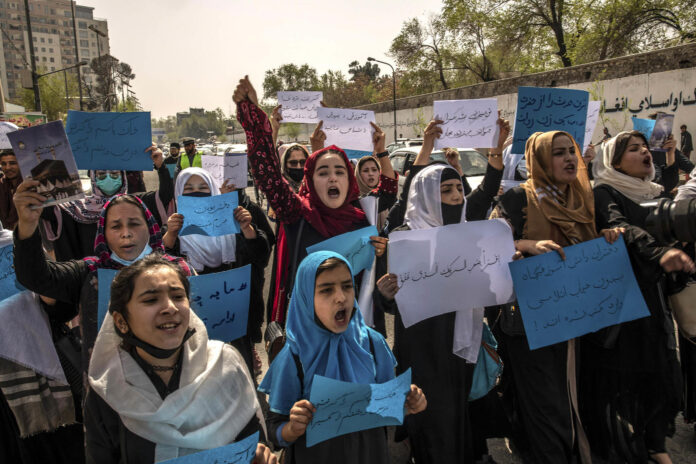Author: Fawzia Ahsan
Affiliation: Graduate student at University of North Florida
Organization/Publisher: PANDION: The Osprey Journal of Research and Ideas/ University of North Florida
Date/Place: 2021/USA
Type of Literature: Analysis
Number of Pages: 14
Link: https://digitalcommons.unf.edu/pandion_unf/vol2/iss1/5/
Keywords: Afghanistan, USA, Gender Policy, Women Rights, Invasion
Brief:
This study analyzes the framing of the US’s gender policy for Post-Taliban Afghanistan. The collected data indicates that it was the political discourses of women’s rights and freedom which shaped the US’s gender policy for Post-Taliban Afghanistan. After the 9/11 attacks in America, the then US president George Bush invaded Afghanistan’s sovereignty to pursue Osama Bin Laden and the Taliban that the US claimed was giving him a safe haven. But it was this gender policy that the US used to justify its invasion of Afghanistan. The Afghan women were portrayed as victims of the Taliban’s regime, with assertions that their rights were compromised. When defending US policy in Afghanistan, President Bush would always mention the liberation of Afghan women as one of its prior goals. Ignoring any men who suffered alongside the women, Bush tried to justify his invasion by using the “women’s rights” card. Policy makers—aided by the US media— framed the Afghan women as oppressed, to justify the military intervention in Afghanistan. Even though this gender policy opened a window of hope for other people regarding Afghan women, the whole policy delusion was soon exposed to be nothing but a trap.
By: Ruby Clayton, CIGA Research Associate




